When it comes to Tibet, the first question people will be, is there any altitude sickness, will there be danger to life?
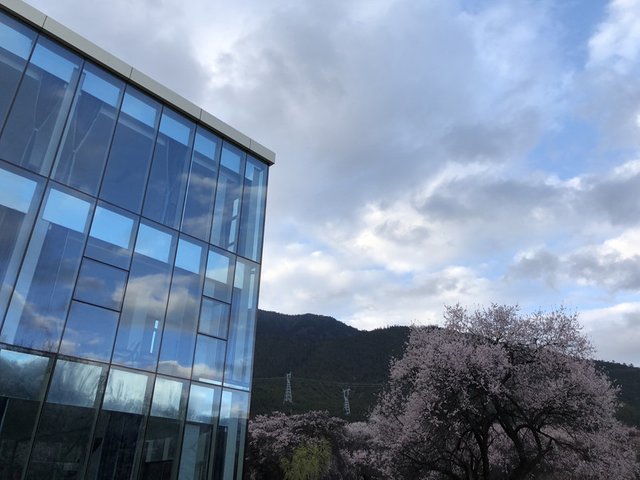
I can tell you with certainty that Lin Zhi does not.
Because the average elevation of Linzhi is only about 2900 meters. To some extent, going to Linzhi is actually a trick to go to Tibet because it has a beautiful view of the snow-capped mountains, but there is no rough and harsh climate. It is in the Tibetan Plateau, but it has no pain of altitude sickness.
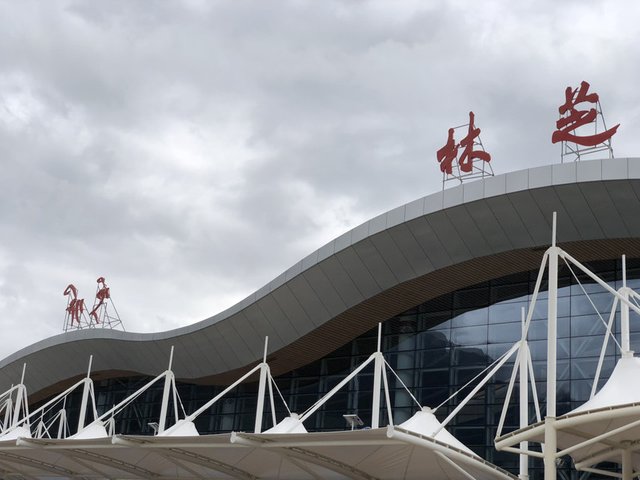
But you can't take a break from this 2900. After all, it's not Beijing. The average capital is 50 meters above sea level. Don't exercise vigorously. For example, take a picture with a squat, and the cat will slap the dog. After a while, you will stare at Venus. Station is not stable; action should be as slow as possible. For example, in a glass box, if you want to go to the third floor to enjoy tea or go to the terrace to enjoy the scenery, climb the stairs and steadily go up, don't jump, otherwise there will be gasping on the third floor, similar to running 400 meters in the plain area. .
The glass box drove out for more than two hours. It was the Ba Songcuo scenic spot. I went twice (if you have a day, it is recommended to go, very beautiful). The altitude of Basongcuo Scenic Area is about 3,500 meters. There are dozens of steps for visitors to climb the viewing platform. There will be a small platform for the three or five steps. It is necessary to keep rest and adjust your breathing. On the day I went, I didn't sleep well in the evening. I had a high altitude reaction, a headache, and I had to take a few steps to rest. I used every rest platform very efficiently.
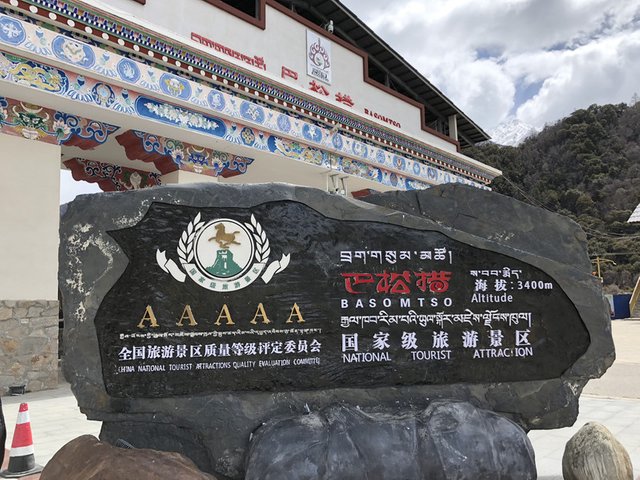
From Linzhi to Lhasa, take the Linla Highway, 400 kilometers away, and jump over the Mira Pass. The big stone of the Mira Pass is engraved at an altitude of 5013 meters. The spectacular scenery of the Yamaguchi is not to be missed. It is necessary to take photos, but the altitude sickness must also be there. My own situation is that I have already felt a little flustered when I was sitting in the car before I started the mountain. I was short of breath. I waited until the mountain pass to take a photo and went to this tour. I found that the car was awkward, as if the whole person was being brained. Leading forward, not following the footsteps
The speed of the upper brain, the whole body rushes forward. This may be a relatively obvious altitude sickness.
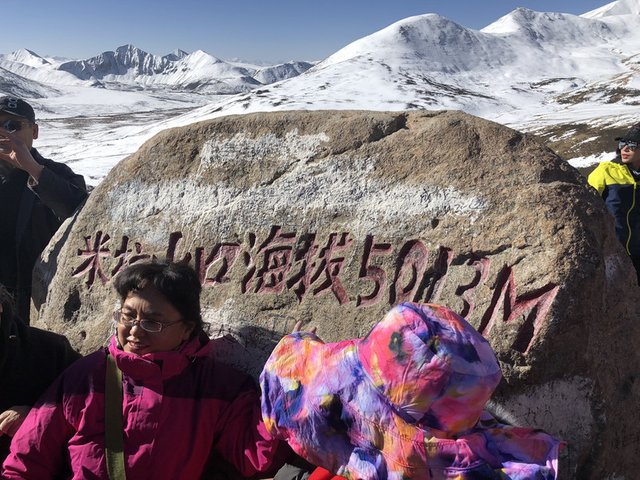
The altitude sickness varies from person to person and is not directly related to physical condition, age, and gender. A friend, a man, in his early 30s, usually has a good body, but when he turned over the Mira Mountain Pass, he suffered serious discomfort and quickly gave him a big mouth to breathe oxygen. He was almost comatose in the middle, but it was fine when he went down the mountain. His face was still pale. I slept and got up the next day. My mother is 75 years old. The common cerebral infarction hypertension in the elderly has these problems, but I think Lin Zhi is not to be missed. She took her once in May and found that she was not opposed to her. When I came back from the outside, I was so tired that I couldn’t work hard. Her old man was still able to take a shower.
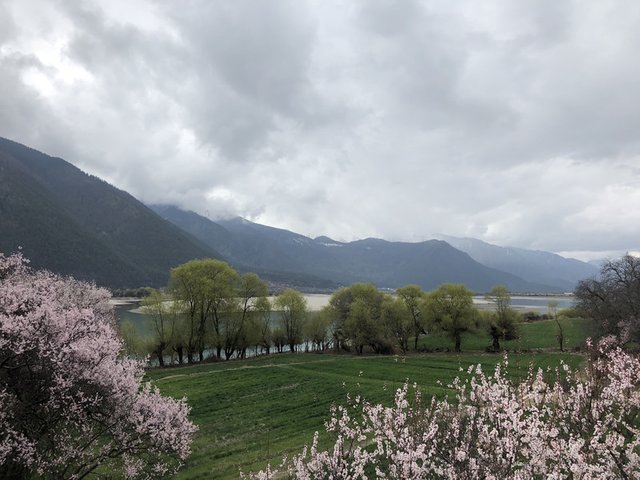
So, the matter of altitude sickness varies from person to person, and what other people have is basically irrelevant to you. People with chronic diseases, such as high blood pressure diabetes, take medicines well, eat on time, do not have a psychological burden. There is a common sense that everyone is versatile and wants to rest well. Regardless of the plateau, whether it is Pingchuan, as long as you sleep well, your body is not sick.
To the question in your title, my Magic 8-Ball says:
Hi! I'm a bot, and this answer was posted automatically. Check this post out for more information.
Downvoting a post can decrease pending rewards and make it less visible. Common reasons:
Submit